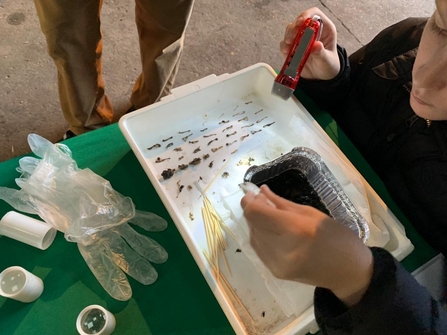As a historically persecuted bird of prey, barn owls haven’t had it easy. Like many farmland birds they have suffered loss of habitat and food sources as a result of intensive farming methods and human expansion. Climate change also has a part to play, as erratic weather patterns are detrimental for the owls and their prey. A problem shared by bats and swallows, barn owls have also suffered from a lack of…. well, barns. Conversion or destruction of old farm outbuildings has resulted in less available spaces to roost and nest. This is where barn owl boxes come in. In recent years the population has been steadily recovering, with 80% of UK Barn owls now thought to nest in man-made boxes.
Funded by Farming in Protected Landscapes, the Barn Owl Project is a collaborative effort between Northwest Kent Countryside Partnership (NWKCP), Kent Wildlife Trust and the Darent Valley Farmer Cluster. The project aims to support and monitor local Barn owl populations by installation of boxes across the Darent Valley, located in the Kent Downs Area of Outstanding Natural Beauty.
With the support of local groups, volunteers, and landowners, it’s been a busy and productive year for the Barn Owl Project:
Box building and installation
Following guidelines from the The Barn Owl Trust, suitable spots were identified across the Darent Valley. Existing tree-mounted boxes were in place at sites across the area, and individuals had been regularly seen by landowners. A positive start! Alongside practical aspects such as box dimensions and position, it was also important to consider environmental features such as nearby hunting habitat and the suitability of the tree itself. Eight boxes were kindly built by the excellent Dunton Green Shed Project. They, along with KWT’s Darent Valley volunteers, joined the team to install the boxes across the project area.

